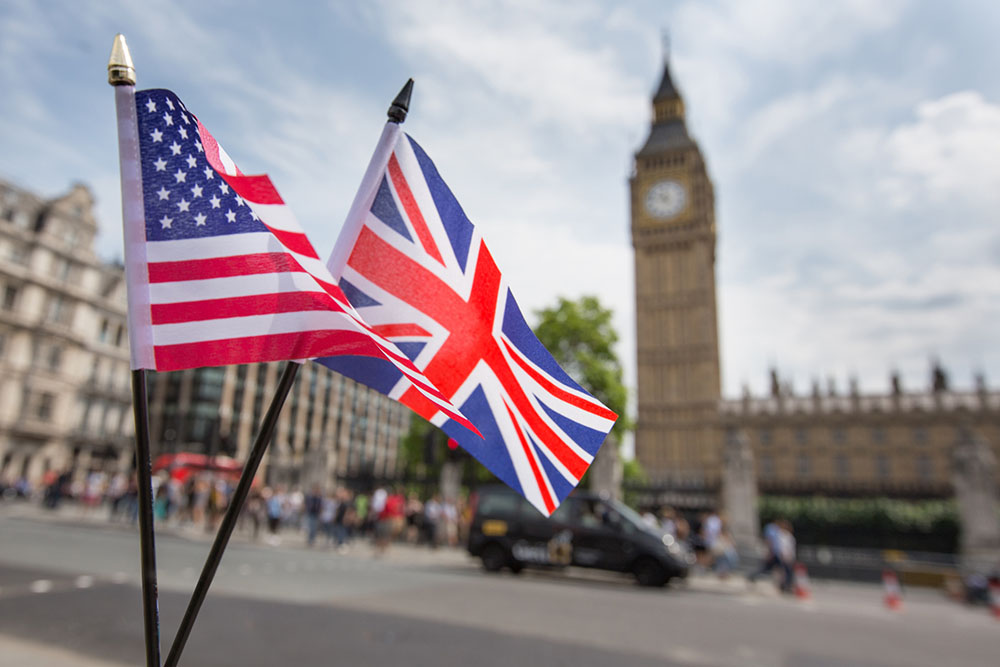Market Update – April 2025
April was challenging for investors as equities and US Treasuries fell in response to President Trump’s new tariff regime. The UK struggled as economic forecasts were downgraded and consumer confidence fell. The eurozone showed resilience amidst trade tensions with the US, with its economy growing 0.4% in the first quarter. China’s economy and the broader Asian region are facing mounting challenges despite strong recent growth.
UK policy
The two major recent UK policy events were the Spring Statement (26 March 2025) and the arrival of the new tax year (6 April 2025). These have ushered in a higher Employer National Insurance Contribution rate, now standing at 15% in 2025-26.
Business leaders are widely unhappy about the changes, with SMEs claiming that profits could be compressed – potentially leading to wage adjustments or cost-cutting measures. Businesses may also face higher costs from 6 April, following a rise in the national minimum wage (NMW) and national living wage (NLW).
Voter dissatisfaction with the government was expressed in early May, with the Reform Party taking control of 10 local councils, two mayorships and its fifth MP constituency. Pundits are still deciphering the results, but at least some of the explanation likely lies in unhappiness over raised taxes and benefit cuts.
These domestic political pressures are converging with global ones (e.g. trade uncertainty with the US), which could lead to further policy shifts in the months ahead. Possibilities could include adjustments to social security programmes (e.g. stricter eligibility criteria) and greater state involvement in key industries, as exemplified by the Steel Industry (Special Measures) Act 2025.
The UK economy
The Bank of England has now reduced interest rates to 4.25% to mitigate the economic impact of global trade tensions (announced on 8th May 2025). This is despite the fact that the CPI inflation rate is currently riding above the 2% central bank target (currently 2.6% for the 12 months to March).
In this context, the BoE is usually expected to hold interest rates steady, or even hike them. However, a bigger risk was hanging over the Bank’s decision – the possibility of a global recession, particularly if the US economy contracts significantly in response to the Trump tariffs.
US trade policy played a big role in downgrading the UK’s GDP growth forecasts for 2025, which were halved to 1.0%. By cutting rates, the BoE could stimulate economic activity, making borrowing cheaper for businesses and mortgage payers.
Despite the rate cut, there are still hints of further tax rises on the horizon as the government seeks to widen the shrinking “fiscal headroom” available to the Chancellor.
The UK market
UK equities fell in April as investors jittered over US tariffs. However, the UK demonstrated remarkable strength in comparison to other global indices.
Dollar weakness provided a lift to sterling, and the most recent GDP growth figures exceeded expectations at 0.50%. The FTSE 100 even achieved its longest winning streak since 2016, rising 4% year-to-date and outperforming the S&P 500 by 18% in dollar terms.
Much of the rising investor sentiment appears to be fuelled by optimism around potential trade progress with the U.S. and a proposed strategic partnership with the EU.
The housing market has been affected by a series of fluctuations influenced by policy changes and economic factors. UK house prices fell by 0.6% in April compared to March (the sharpest drop in 20 months) – driven by the expiration of temporary stamp duty cuts.
Amongst consumers, buying behaviour is leaning towards essential goods and value-oriented purchases (driven by persistent inflation and economic uncertainties). This is despite recent real-wage growth and high employment figures, by historical standards.
The Global Outlook
The global economy was heavily influenced by US President Trump’s proclamation of “Liberation Day” on 2 April. A raft of tariffs was unleashed on global trade partners, triggering a global stock market crash.
The Dow Jones Industrial Average (DJIA) plunged over 4,000 points in just 48 hours, and the S&P 500 dropped more than 10% in two days. Overall, the market shock marked the biggest downturn since the COVID-19 pandemic-induced crash in 2020.
As investors fled US equities and Treasuries, Trump was eventually forced to dampen his measures by announcing a 90-day “pause” on his initial tariffs (excluding China). Markets surged in response, with the S&P 500 and Nasdaq experiencing substantial gains.
However, uncertainty still hands over the Federal Reserve – which Trump has publicly criticised for not cutting interest rates quickly. Investors are also confused over the extent of negotiations between the US and China in recent weeks (the latter has denied meaningful recent engagement on trade).
European markets faced significant volatility and economic challenges in April, primarily due to escalating global trade tensions and internal economic dynamics. The STOXX 600 culminated in an 8.4% weekly loss in early April (the worst in five years) over fears of a global trade war.
However, the index recouped more than half its losses later that month as fears allayed.
The eurozone economy grew by 0.4% in Q1 2025, surpassing the U.S. for the first time in nearly three years. In Japan, the central bank revised its GDP growth forecast for 2025 down to 0.5% due to global trade uncertainties.
China’s economy surpassed expectations by growing 5.4% year-on-year in the first quarter of 2025. However, analysts anticipate a slowdown later this year as U.S. tariffs and weakening global demand take their toll.












